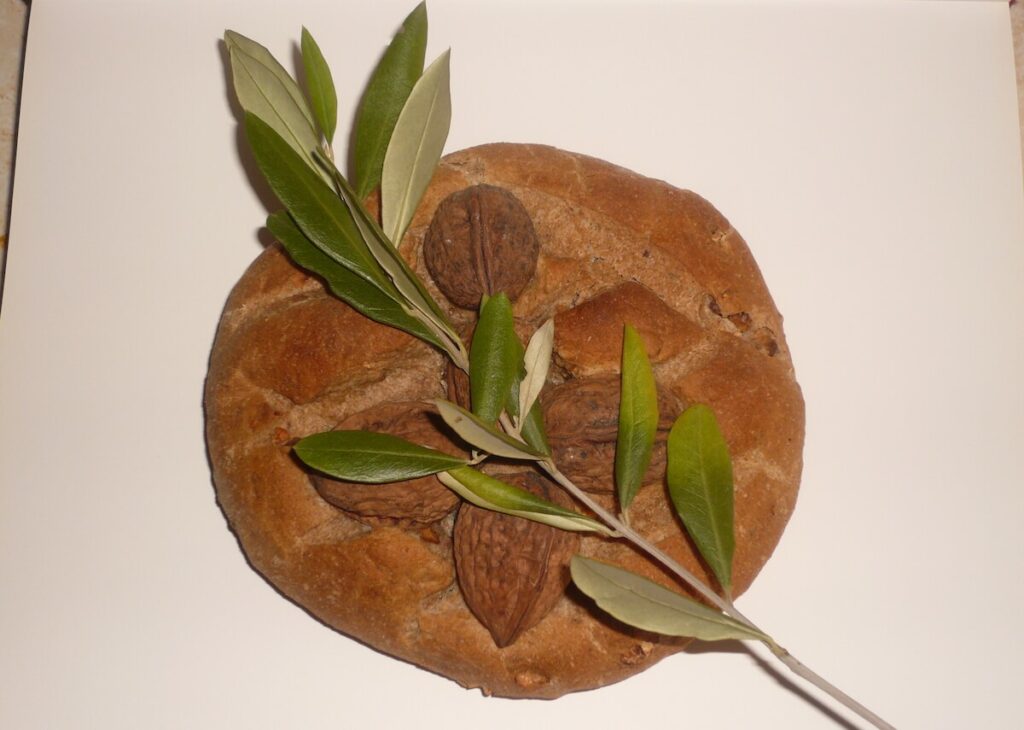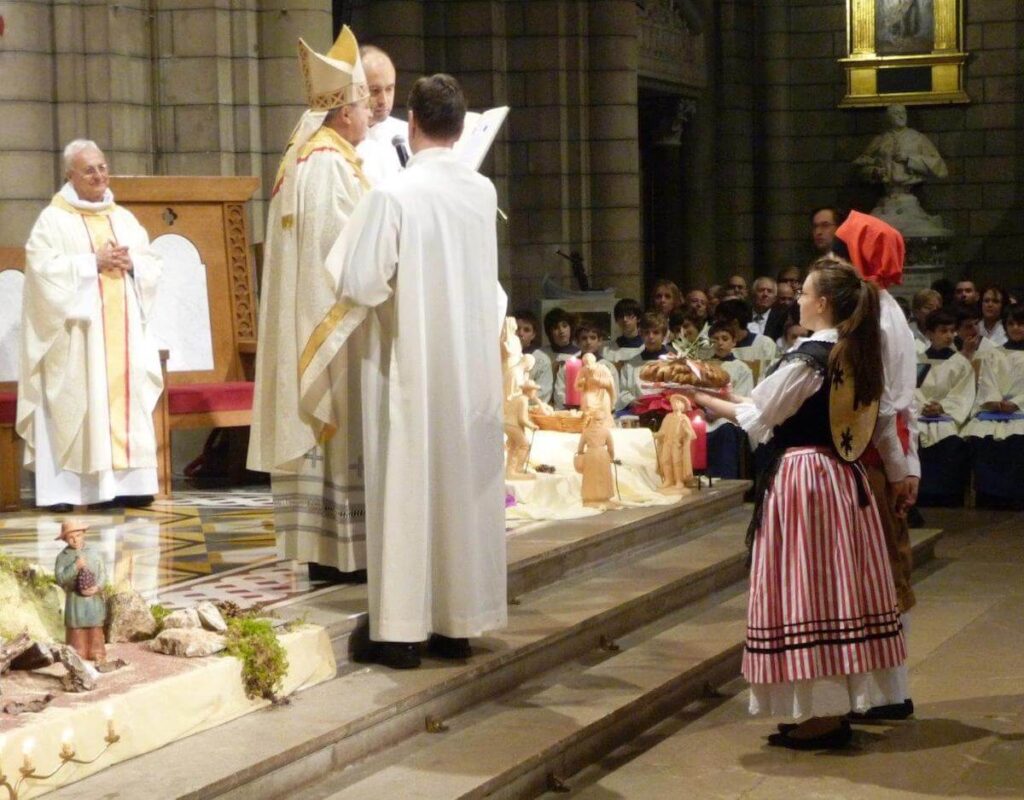Do you know the story behind the traditional Pan de Natale ?

It will be on sale in many bakeries in Monaco, the La Condamine Market and the Christmas Village, on the mornings of 23 and 24 December.
It is a round loaf that many Monegasques and residents put on the table over the Christmas period. The Pan de Natale is an ancient tradition in Monaco, and perpetuated by the Comité des traditions Monégasques (Monegasque Traditions Committee ) every year. Its members asked Monaco’s bakers to make Pan de Natale in the days leading up to Christmas, copying Lazare Sauvaigo’s model.
They will be available in bakeries such as L’Epi d’Or rue Grimaldi and the Maison Mullot in the Carrefour shopping mall, as well as in the La Condamine market and the Christmas Village from 23 December on. They are usually given in return for a donation at the client’s discretion. The proceeds of these donations are then passed on to Monegasque charities.
Driving evil out, bringing good in
In order to understand the meaning behind this tradition, we need to put it in its social context. In the olden days, homes had no ovens or stoves. Everyone made their own bread and baked it in the communal ovens that were only lit once a week.
However on Christmas Eve, as the whole family gathered to celebrate the birth of Jesus, fresh bread would be made, with five or seven walnuts placed in the shape of a cross, as a symbol of fertility. Once baked, the bread was placed at the centre of the table, and decorated with an olive branch to symbolise peace.
Before sharing it out, the oldest member of the family, helped by the youngest, would take the branch, dip it in a glass of wine and bless the bread, saying in Monegasque: “Che cun ache·stu ramuriva e l’autu de Diu, u mà se ne vaghe e u ben arrive.” Which is to say, “Through this olive branch and God’s help, may evil be banished, and good be welcomed.” Everyone would make the sign of the cross and the head of the household would then slice the bread and share it out.

At the end of the midnight mass at the Cathedral, on 24 December, the Archbishop of Monaco, blesses a ‘Pan de Natale’ to symbolically bless all the loaves on the families’ tables – © Comité National des Traditions Monégasques
Nowadays, everyone can join in the tradition at home, either by buying a Pan de Natale or making one yourself. The ingredients are flour, water, yeast and, above all, the essential walnuts to form the cross. Ready, steady, bake!









